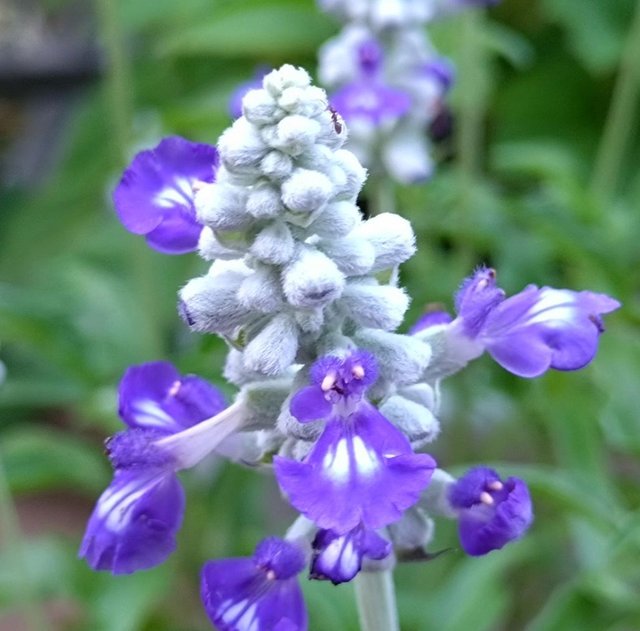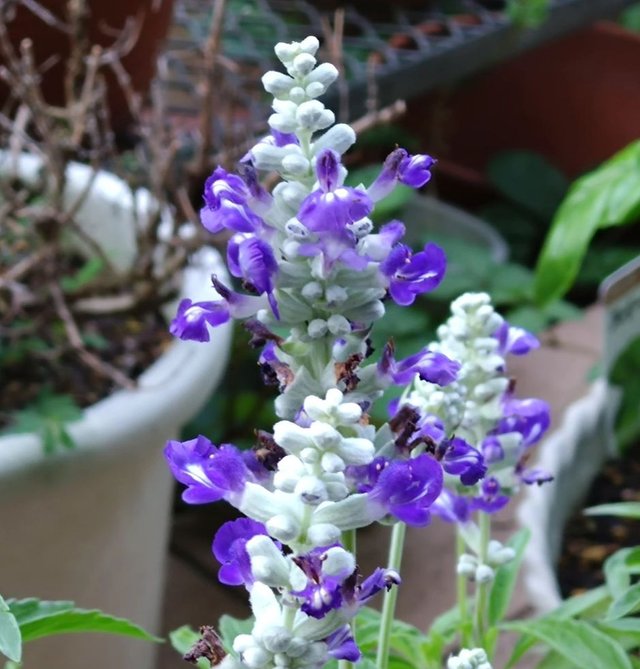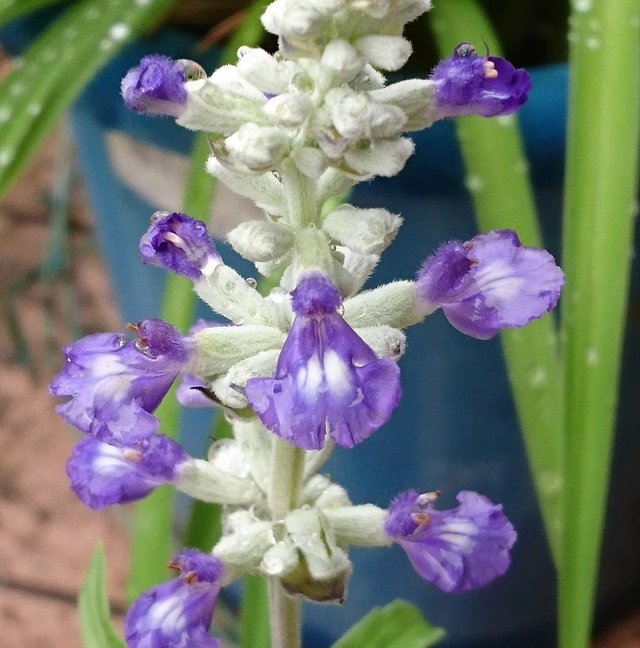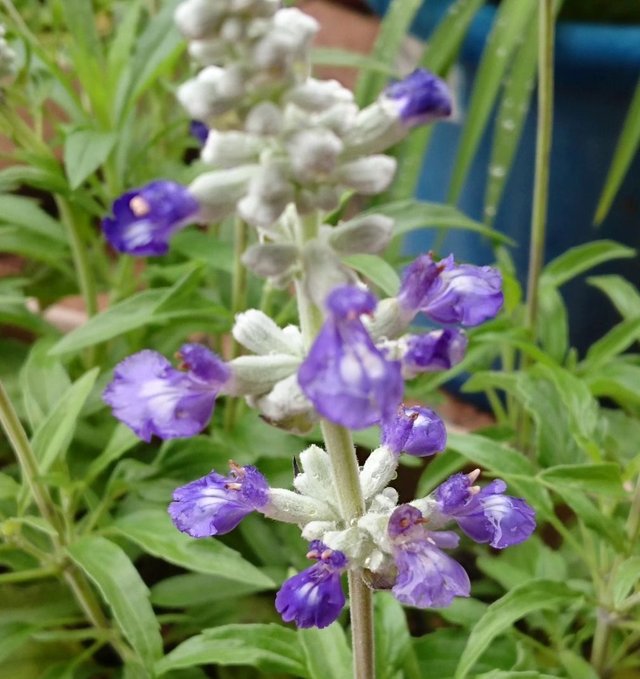Beautiful Common Sage Flower
A Comprehensive Guide to Common Sage
Common sage, also known as Salvia officinalis, is a perennial, evergreen subshrub that is highly valued for its culinary, medicinal, and ornamental uses. Originating from the Mediterranean region, sage has a rich history dating back to ancient civilizations and continues to be a staple in gardens and kitchens around the world. This comprehensive guide delves into the characteristics, cultivation, historical significance, and various uses of this remarkable herb.
Botanical Characteristics
Appearance: Common sage typically grows to about 2 to 2.5 feet in height and spreads approximately the same width. The plant features woody stems and grayish-green leaves that are oval, textured, and slightly fuzzy. During late spring to early summer, sage produces spikes of purple, blue, or white flowers, which are highly attractive to pollinators like bees and butterflies.
Growth Habit: Sage is a hardy plant that thrives in well-drained soil and enjoys full sun, although it can tolerate partial shade. It's drought-resistant once established, making it an excellent choice for xeriscaping. Regular pruning helps maintain its shape and encourages bushier growth.
Cultivation
Planting: Sage can be grown from seeds, cuttings, or transplants. When planting seeds, sow them indoors 6-8 weeks before the last frost date. Transplant seedlings to the garden after the danger of frost has passed, spacing them about 2 feet apart to allow for adequate air circulation.
Soil Requirements: Sage prefers a slightly alkaline soil pH. Good drainage is crucial as the plant does not tolerate waterlogged conditions. Incorporating organic matter into the soil can improve its texture and fertility.
Watering and Fertilization: While sage is drought-tolerant, it benefits from regular watering during prolonged dry spells. However, avoid overwatering to prevent root rot. Fertilize sparingly, as excessive nutrients can lead to lush foliage at the expense of flavor intensity. A light application of compost in the spring is generally sufficient.
Pruning and Harvesting: Regular pruning encourages healthy growth and prevents the plant from becoming woody and leggy. Harvest leaves as needed, ideally before the plant flowers, as this is when their flavor is most potent. Cut stems in the morning after the dew has dried for the best quality.




Thanks For Reading
Device Information
| Device | Redmi Note 10 Pro |
|---|---|
| Lens | 64 mp |
| Location | Bangladesh |
